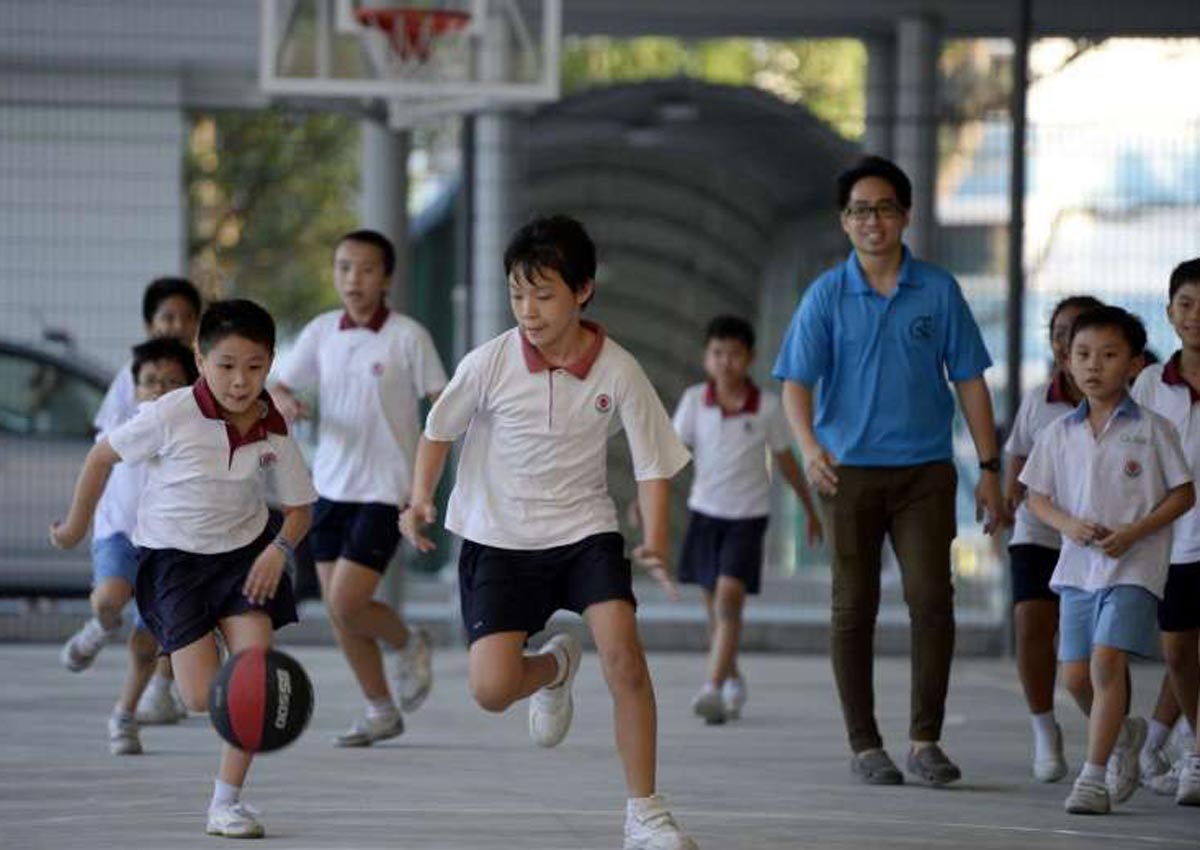Student care centres will be set up in all of Singapore’s primary schools but it will take until the end of 2020 to happen, as the Ministry of Education (MOE) has told The Straits Times that it does not want to compromise on quality.
The in-house centres offer services such as meals, homework supervision, games and, in some cases, tuition for pupils after school.
Currently, nearly 70 per cent, or 130 out of 190, primary schools here have such a centre, up from fewer than 50 four years ago. Over the same period, enrolment in them has jumped from 3,000 to 15,000 pupils.
The MOE told The Straits Times that such arrangements offer “important after-school support for students, especially those who do not have a conducive and structured environment after school hours”.
Demand for after-school care services has grown over the years, with centres at some primary schools having to hold ballots for places. Each centre takes in 60 to more than 300 pupils.
Some oversubscribed centres even have waiting lists. “Where there is high demand, schools have been working with operators to expand the capacity of their centres,” the MOE said.
The centres are typically run by external parties such as voluntary welfare organisations or commercial operators.
Last year, four self-help groups came together to form a joint venture company which runs six care centres in schools.
The partnership allows schools to better support the development of pupils, especially those from disadvantaged backgrounds, by tapping on the resources of these groups. The self-help groups are on track to reach a targeted 30 centres by 2020.
Operators of existing in-school centres say the move to set up centres in all primary schools is a positive one that will benefit many households.
Nascans, one of the bigger student care players, has around 2,400 pupils attending its 17 school-based centres. Last year, it had 1,640.
Its chief operating officer Peh Yi Han said the popularity of in-school care services may be due to the centres’ close links with schools.
“Our centres are able to work closely with the school teachers to understand the learning challenges of different students.”
Other centres, such as one run by Neighbourhood Care Services in Xishan Primary, are operating at full capacity.
Ms Susan Thng, senior supervisor of the centre at Xishan Primary, said: “In many families, both parents are busy working to make a living. Such centres provide a safe place for their children to go to.”
Parents are glad that more in-school centres will open in the next few years.
Marketing manager Bernard Ong, 34, who intends to send his four-year-old son to a school-based centre when he starts Primary 1, said: “Parents don’t have to worry as their kids will be in a safe and familiar environment.”
Fees for most of these centres range from $260 to $290 monthly, before subsidies. Pupils from needy families pay as little as $5 per month after subsidy.
Jalan Besar GRC MP Denise Phua, who heads the Government Parliamentary Committee for Education, said the school-based centres provide pupils from disadvantaged backgrounds with a structured environment that they may not otherwise have access to. “If stitched well, these student care services are also opportunities to cultivate good work habits and discipline,” she added.
“These will form a stronger foundation for their teenage years. It will allow them to catch up or surpass those who already have some form of adult supervision at home.”
calyang@sph.com.sg

This article was first published on April 25, 2016.
Get a copy of The Straits Times or go to straitstimes.com for more stories.






